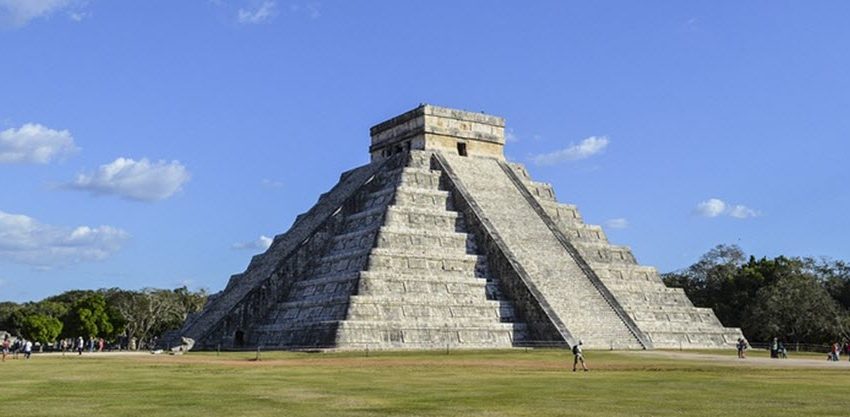Average True Range (ATR)
Contents
Traders who do technical analysis can utilize many different indicators, and one of them is the Average True Range (ATR). ATR measures market volatility for a period of time by decomposing the entire price range for an asset for that period.

The ATR indicator was introduced by J. Welles Wilder Jr. In his book ”New Concepts in Technical Trading Systems”. The ATR was originally developed for the commodities market, but is today used in many other markets as well.
Among technical analysis traders, the most commonly used ART is the one derived from the 14-day simple moving average of a series of true range indicators. Each true range indicator is taken as the greatest of the following: current high less the current low; the absolute value of the current high less the previous close, and the absolute value of the current low less the previous close.
As you can see, finding a series of true range values for the asset is a necessary step when calculating the ATR for the asset. For a given trading day, the price range for an asset is the highest value minus the lowest value.
The formulas:
TR=Max[(H − L),Abs(H − CP),Abs(L − CP)]ATR=(n1)(i=1)∑(n)TRi
TRi=A particular true range
n=The time period employed
Is 14 days the only option?
No. 14 days is just the most commonly utilized period when calculating ATR.
Why is knowning the ATR good?
For a trader, knowing the average true range can be helpful since it indicate historical volatility for the asset. An asset that has experienced higher volatility (during the selected time period) will have a higher ATR than an asset that has experienced lower volatility.
Technical analysis traders can use the ATR to determine when to open and close positions. The ATR can also give a trader an indication of what size trade to put on in derivatives markets. (The trader must first determine their own risk-willingness for the trade.)
Important: The ATR does not indicate price direction, and will not tell us in which direction the breakout will occur.
Some traders add the ATR to the closing price and then open a position as soon as (if) the price reaches above that value the following trading day.
What is the chandelier exit?
If you want to use the chandelier exit, place a trailing stop under the highest high for the price, measured from when you opened the position. How far under? The answer is that the distance between the highest high and the stop level is defined as some multiple times of the ATR.
Example: Subtract three times the value of the ATR from the highest high, and place your stop there.
The chandelier exit was developed by Chuck LeBeau.
Important
- ATR does not indicate price direction, it only indicates (historic) volatility.
- ATR does not indicate in which direction a breakout will occur.
- There is no single ATR value that will tell you for sure that a trend is about to reverse, or guarantee that a trend is not about to reverse.






